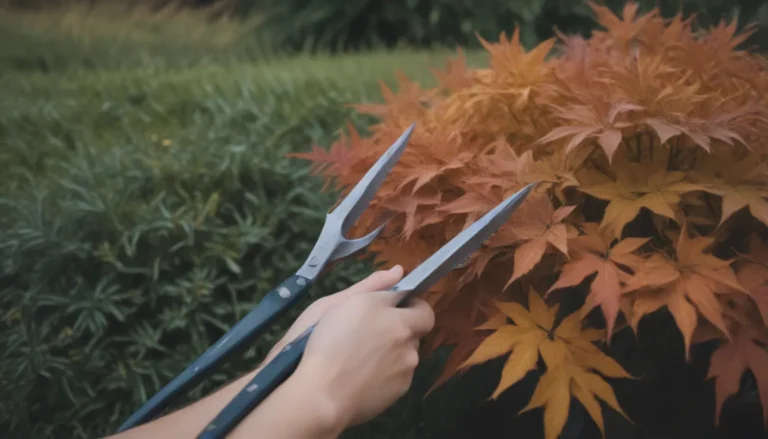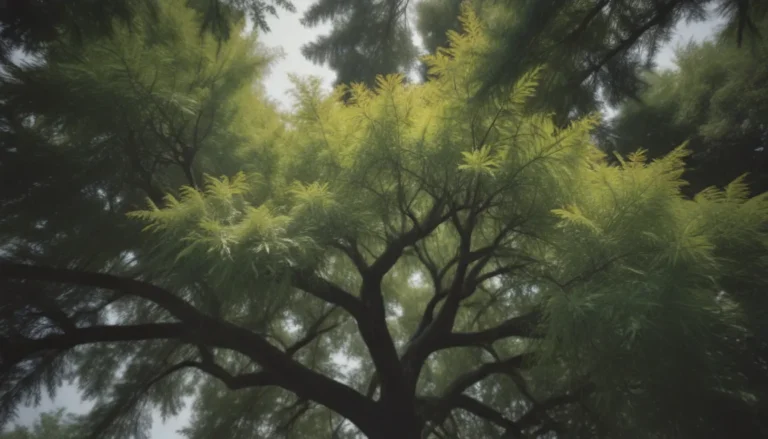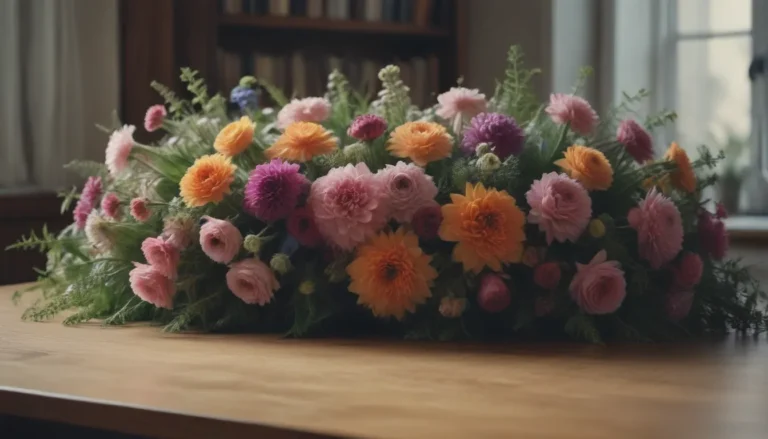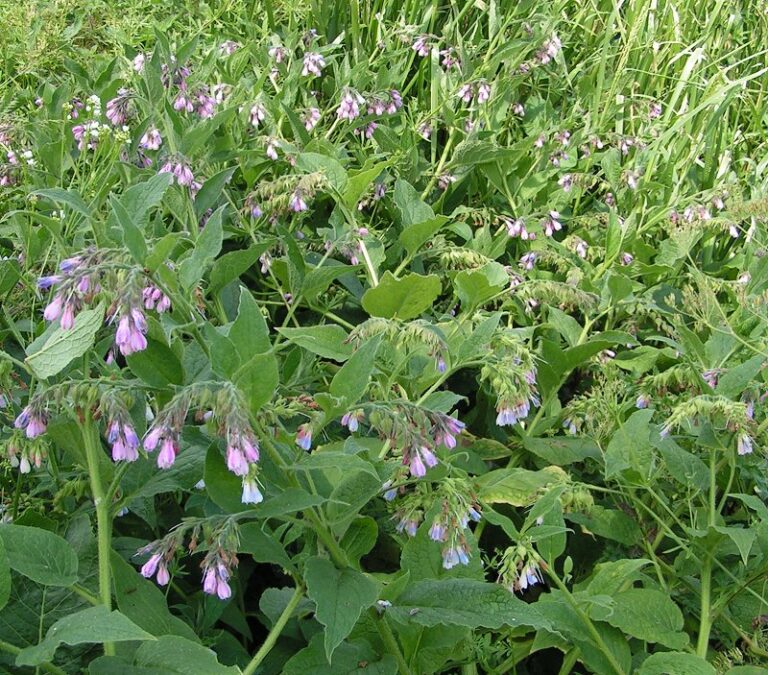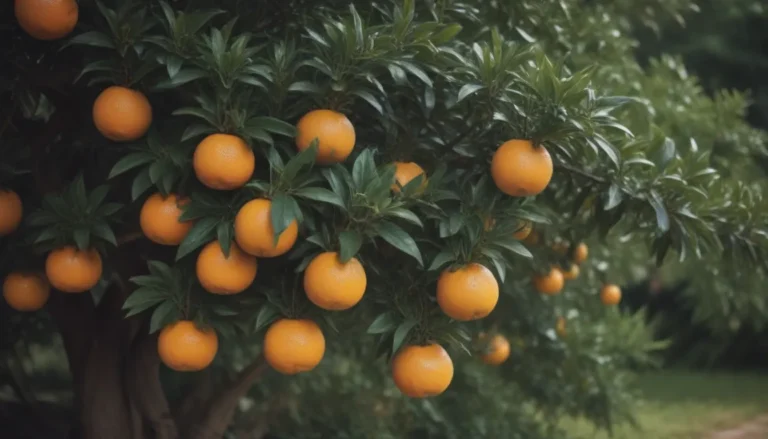A Complete Guide to Growing and Caring for Celosia Plants
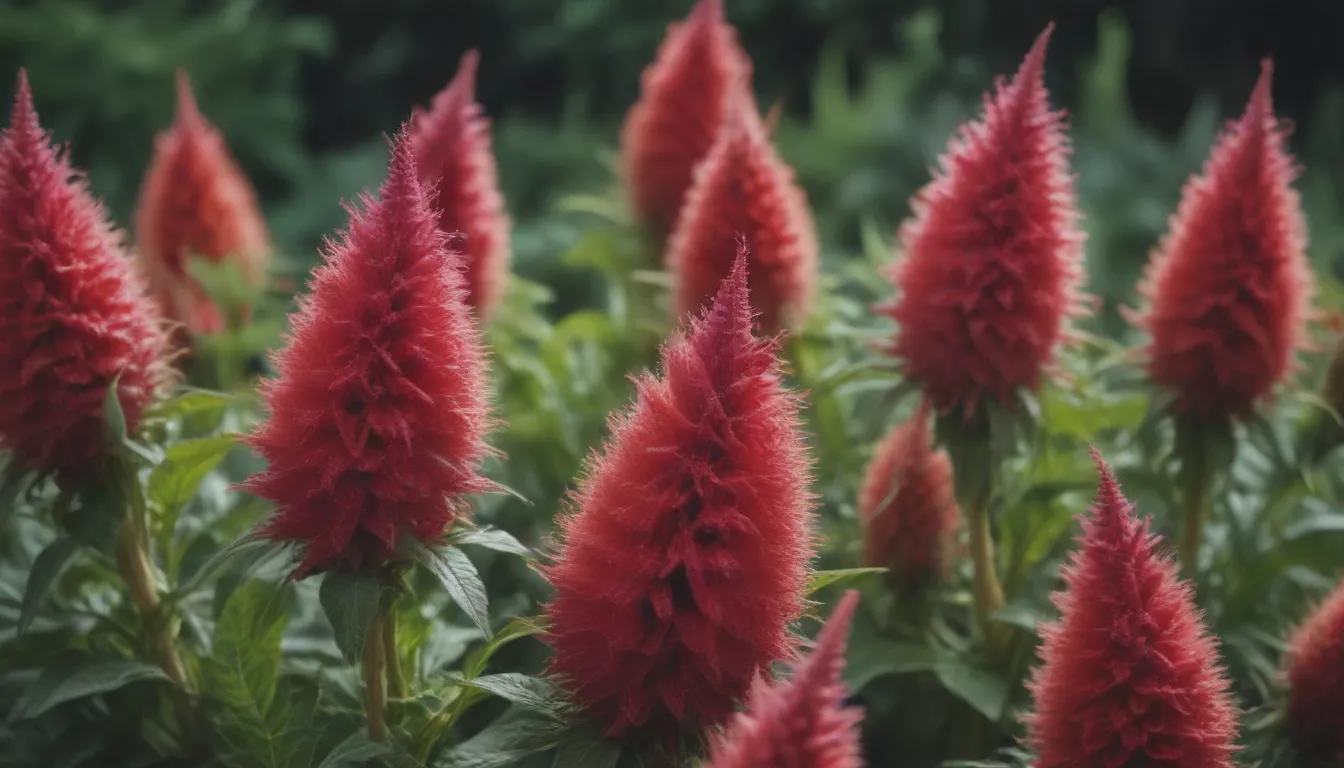
If you’re looking to add a burst of vibrant color and unique texture to your garden, look no further than celosia plants. These warm-weather annuals, part of the Amaranth family, are known for their tall, spiky flowers, dense feathery plumes, and brain coral-like blooms in a variety of vibrant colors. In this in-depth guide, we will explore everything you need to know about growing and caring for celosia plants to help you create a stunning display in your own outdoor space.
What is Celosia?
Celosia is a group of plants that includes the most common species known as cockscomb. These plants thrive in full sun with at least six hours of sunlight and prefer slightly acidic or alkaline soil. Celosia is a sun-loving annual that grows 6 to 36 inches tall and spreads up to 24 inches wide, depending on the variety. While the foliage of most celosias is green, some varieties boast burgundy or bronze leaves. It’s important to note that celosia completes its lifecycle in one growing season and does not return year after year.
Celosia Care Tips
Celosia is relatively easy to grow and maintain, making it a fantastic addition to any garden. Here are some basic tips to help you care for your celosia plants:
How and Where to Plant Celosia
- Plant celosia in well-draining soil in the garden or outdoor containers after all danger of frost has passed in spring.
- Choose a full-sun location for the best blooms.
- Check the tag for your specific variety for proper spacing between plants, as tall varieties may require staking.
- Water your celosia regularly, allowing the soil surface to dry out between waterings.
- Avoid overwatering and waterlogged soil, as celosia plants prefer well-drained soil.
Light and Soil Requirements
- Celosia needs at least six hours of direct sunlight daily to thrive.
- The plants grow best in well-drained soil that does not become waterlogged.
- While celosias can tolerate clay soil, they may fail during heavy rainfall or overwatering.
Pruning and Propagating
- Pinch off the stems to encourage branching and more blooms as the plant grows.
- Deadhead or remove faded flowers to encourage reblooming in most varieties.
- Propagate celosia from cuttings or start from seed indoors about six weeks before your last frost date.
Types of Celosia
- Some popular varieties include the Bombay series, Castle Scarlet series, ‘Flamingo Feather,’ Fresh Look series, Sunday, and Gold.
Common Pests and Diseases
- Celosia plants are generally resistant to diseases and pests, although spider mites, stem rot, and leaf spot may occasionally occur.
- Monitor for pests and diseases and take appropriate action to prevent and treat them.
How to Get Celosia to Bloom
- Provide plenty of direct sunlight, well-drained soil, and proper watering to keep your celosia blooming all season.
- Deadhead fading blooms regularly to promote continuous bloom.
Common Problems and Solutions
While celosia plants are relatively low-maintenance, they may experience some common problems. If you notice yellowing leaves, consider adjusting your watering schedule or checking for nutrient deficiencies. Curling or drooping leaves may indicate overwatering, so allow the soil to dry out more between waterings. Keep in mind that celosia plants are not invasive and are not known to be toxic to pets.
In conclusion, celosia plants are a fantastic addition to any garden, offering bright blooms and unique textures that can enhance any outdoor space. By following these care tips and guidelines, you can successfully grow and maintain a beautiful display of celosia flowers in your own yard. Happy gardening!
